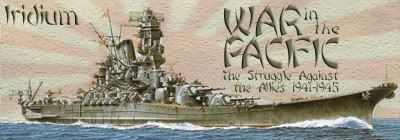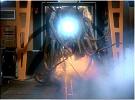You are only partially correct here. The other half of the rate of fire deals with range, flight time of shells, and the speed in which subsequent fire control arrangments cand be made an executed. If it takes 50 seconds before your shells land due to range then your effective rate of fire is much less. It does no good to fire at something if you do not know where you last shots were. Examine the Bismark/Prince Eugen vs Hood/POW battle. How may salvos did the Bismark fire and in what time span and target range did this occur?ORIGINAL: herwin
ORIGINAL: hawker
They are no slow firing Herwin,take a look above
I did. BB rate of fire was a function of the loading arrangements in the magazine and turret and whether the guns had to come to a fixed angle for loading, at least according to some material I read thirty years ago. The Bismarck could sustain 2 rpm, which was comparable with other European navies and inferior to American performance in the new battleships (about 2.5 rpm). The Yamato could sustain about 1.5 rpm. The improved US performance reflected a careful redesign during the 1930s. WWI American designs averaged 1.5, starting at 2 rpm early in the engagement and dropping to 1 rpm as shells had to be tarbuckled longer and longer distances.
A very excellent discussion of this is included in two of my favorite naval simulations game, one for miniatures and the other later product a turn based DOS game. Battle Stations! and Action Stations!, both by Cmdr Zimm, USN.


















